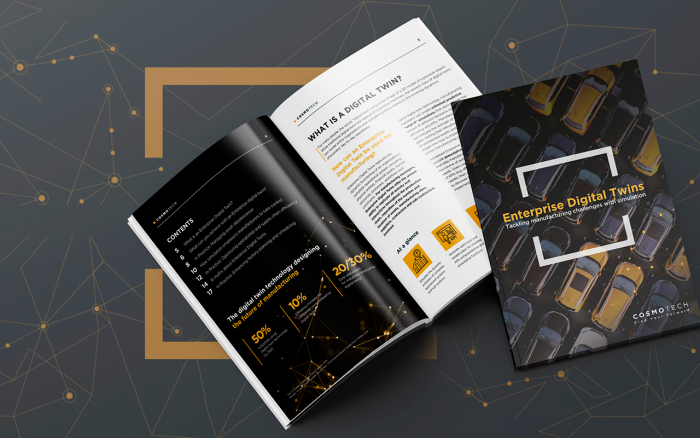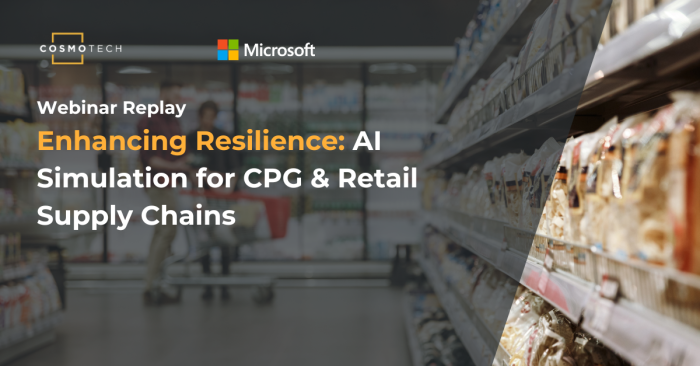Powerful Decision Intelligence into Practice
When Data-driven AI, modeling, and simulation converge in Decision Intelligence tools, the impacts on enterprise can be significant and rapid. One US transportation and logistics company harnessed a Decision Intelligence tool to solve a complex routing and shipping challenge. The software provided an optimized solution for 1,500 orders, 800 tankers, and 500 drivers with a five-day rolling horizon in less than 10 minutes—a problem space that contains more than 1 billion feasible assignment scenarios. The business was able to save millions in wasted driving miles, improve their driver retention, and generate millions more in revenue by optimally deploying their resources.
A European automotive manufacturer faced a complex challenge of their own. They sought to evade factory bottlenecks and meet shifting demand and production capacity to maximize the production of the different engines that the factory-made. The company harnessed a Prescriptive Simulation Twin that could consider all these constraints as well as others including lead times, machine cycle times, and storage capacity. Thanks to this investment, the automaker was able to significantly increase the number of engines they manufactured, lift production line efficiency, respond to volatile demand curves, and all within a single quarter.
Decision Intelligence transforms industries as varied as retail, healthcare, financial services, and transportation. Executives appreciate not only the capacity to test operational and tactical decisions using predictive analytics tools but generate prescriptive plans across any time scale – the next hour, the next month, the next year, or the next decade – that position them perfectly to achieve their goals in uncertain times.




